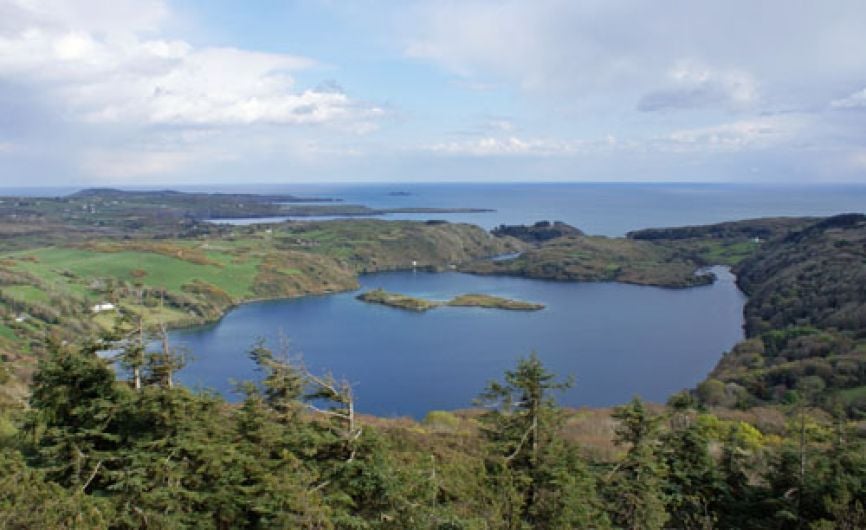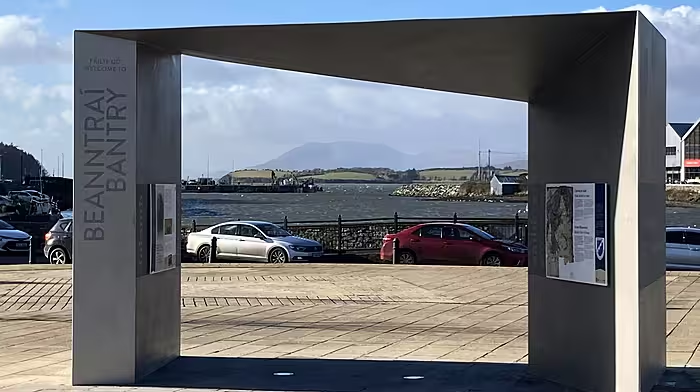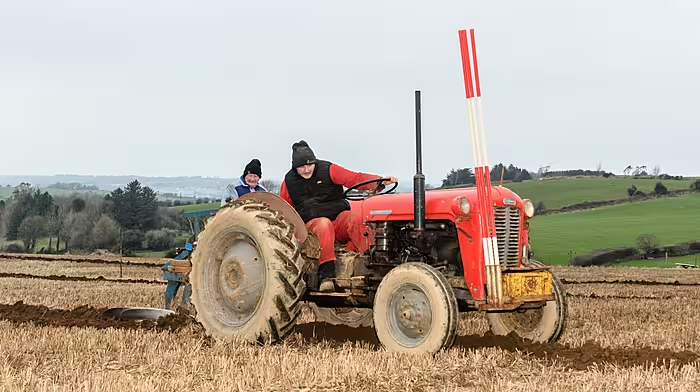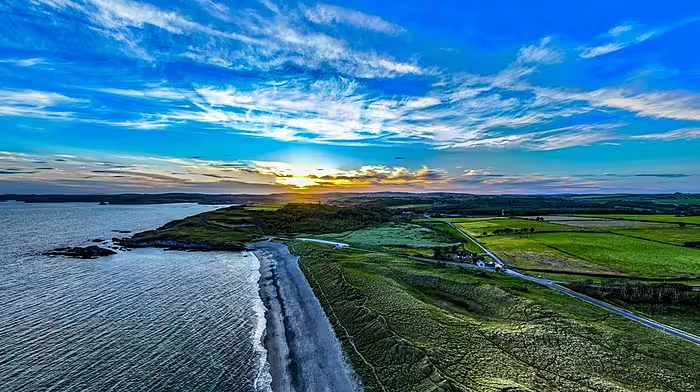There is a huge variety of events running throughout West Cork during National Heritage Week, which runs this year from August 19th to 26th inclusive. Escorted walks, talks, art and nature events will give locals and visitors alik
THERE is a huge variety of events running throughout West Cork during National Heritage Week, which runs this year from August 19th to 26th inclusive. Escorted walks, talks, art and nature events will give locals and visitors alike an opportunity to learn more about the  rich history and heritage of this area.
One such event, organised by Skibbereen Heritage Centre, is an escorted walk through 4,000 years of the history of Lough Hyne on Saturday, August 19th at 2pm with local historian Terri Kearney.
'The story of how this small remote lake became Europe's first designated Marine Nature Reserve is unique to Lough Hyne,' according to Terri, 'but other aspects of the Lough's heritage are replicated all around West Cork. The past is all around us if you know where to look.'
'The first evidence of man's existence around the Lough Hyne area is from around 4,000 years ago and the landscape shows a continuous presence there since then. The archaeological evidence can tell us so much – where and how they lived and even how these early people perceived the Lough.'
'We can see how people worshipped their gods through the millennia in the area, from the early stone monuments of pre-history to the churches and holy wells of Christianity. We can gain an understanding of how they buried their dead by their use of the coffin stone and the cill, or “Children's Burial Groundâ€.
'There is also the story of the mighty O'Driscoll clan, who were overlords of the Lough Hyne area for many hundreds of years. This family's loss of land and power in the seventeenth century is a microcosm of a huge transition in Ireland, which saw an ancient system of clan rule give way to English plantation and colonisation. The last of the O'Driscoll chieftains, Fineen the Rover, lived out his final days in a small castle at Lough Hyne.
'And, of course,' Terri continues, ‘like so many other areas of West Cork, the Great Famine caused devastation around Lough Hyne. There was a 45% drop in the population between 1841-51 and a 70% decline in the housing of the poor around the Lough. There are just a few personal accounts from around the Lough but they would tear the heart out of you. These poor people suffered so much in life and had such appalling deaths, most of which were not even officially recorded. We certainly owe them the respect of remembering them and telling their stories, or what we know of them.'
Terri spent four years researching the second of her books on Lough Hyne – 'Lough Hyne: From Prehistory to the Present' and collected much local folklore and lore from local people.
'The stories about people and how they lived are the living history of the area and one that we can all relate to. We all experience the world as individuals and then as part of our local society, so this is what local history is all about – the true foundation of the subject of “history†as we know it.'
The unique topology of Lough Hyne, along with its marine habitats and long history of research will also be explored by Terri. Lough Hyne is the most studied marine site of its size in the world and the researchers who brought that about are also discussed on the walk.
The full details of the Lough Hyne walk, as well as the multiude of other events going on in West Cork over National Heritage Week, can be found on the website www.heritageweek.ie. To secure your place on Terri's walk, which is free of charge, please give Skibbereen Heritage Centre a call on 028-40900.








